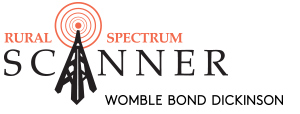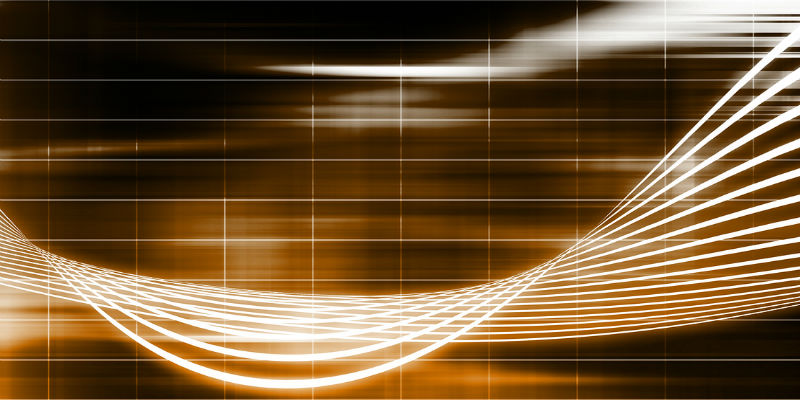After significant input from the industry, the FCC has opted not to transition the Cellular Service to geographic-based licensing via geographic-based overlay licenses awarded through competitive bidding. Rather, the FCC has transitioned the cellular service to geographic based licensing based on Cellular Geographic Service Area (CGSA) boundaries. Under the new rules, licensees are subject to a 40 dBu V/m signal field strength limit at every point along the neighboring co-channel licensee’s CGSA boundary; however, adjacent co-channel licensees may negotiate different field strength limits. Incumbent licensees are permitted to expand their CGSAs into Unserved Areas, but only if the expansion covers at least 50 contiguous square miles. The Commission denied a proposal that donut-hole areas (i.e. Unserved Areas bordered by only one incumbent licensee) that are smaller than 50 contiguous square miles automatically become part of the incumbent’s CGSA, but an incumbent licensee may extend its service area boundary (SAB) into a donut-hole area and serve it on a secondary basis. Licensees seeking to serve Unserved Areas that are smaller than 50 contiguous square miles and are bordered by more than one licensee must comply with the field strength limits at the boundary of the neighboring co-channel licensee’s CGSA (or negotiate a different limit) and operate on a secondary (unprotected) basis.
Monday, November 25, 2024
Womble Bond Dickinson,” the “law firm” or the “firm” refers to the network of member firms of Womble Bond Dickinson (International) Limited, consisting of Womble Bond Dickinson (UK) LLP and Womble Bond Dickinson (US) LLP. Each of Womble Bond Dickinson (UK) LLP and Womble Bond Dickinson (US) LLP is a separate legal entity operating as an independent law firm. Womble Bond Dickinson (International) Limited does not practice law. Please see www.womblebonddickinson.com/us/legal-notices for further details.
© Womble Bond Dickinson (US) LLP







